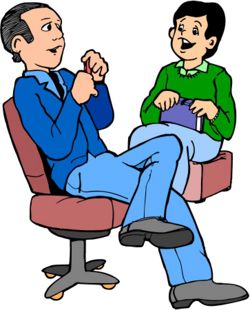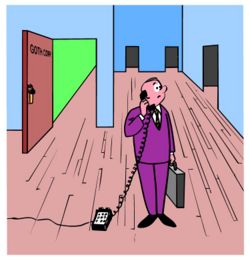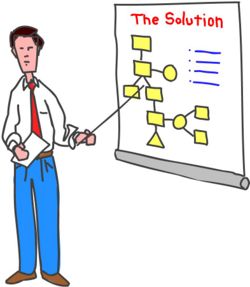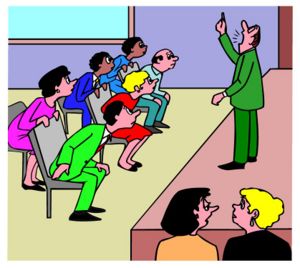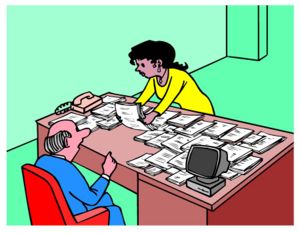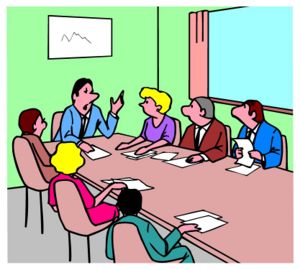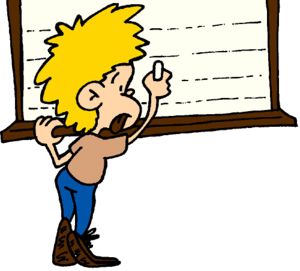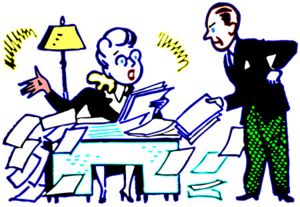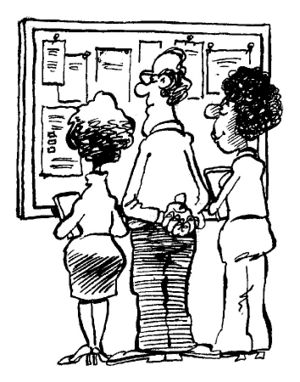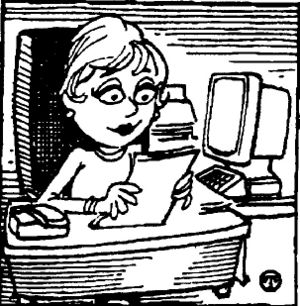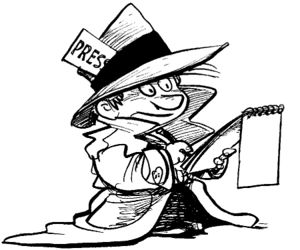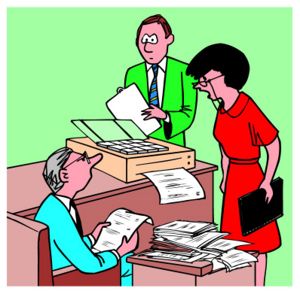done for today :D will meet again , bye

VougePESYAEE
Translate
Thursday
10 PRINCIPLE OF LISTENING
01
Stop Talking
“If we were supposed to talk more than we listen, we would have two tongues and one ear.” Mark Twain.
Don't talk, listen. When somebody else is talking listen to what they are saying, do not interrupt, talk over them or finish their sentences for them. Stop, just listen. When the other person has finished talking you may need to clarify to ensure you have received their message accurately.
02
Prepare Yourself to Listen
Relax.
Focus on the speaker. Put other things out of mind. The human mind is easily distracted by other thoughts – what’s for lunch, what time do I need to leave to catch my train, is it going to rain – try to put other thoughts out of mind and concentrate on the messages that are being communicated.
03
Put the Speaker at Ease
Help the speaker to feel free to speak.
Remember their needs and concerns. Nod or use other gestures or words to encourage them to continue.
Maintain eye contact but don’t stare – show you are listening and understanding what is being said.
04
Remove Distractions
Focus on what is being said.
Don’t doodle, shuffle papers, look out the window, pick your fingernails or similar. Avoid unnecessary interruptions. These behaviours disrupt the listening process and send messages to the speaker that you are bored or distracted.
05
Empathise
Try to understand the other person’s point of view.
Look at issues from their perspective. Let go of preconceived ideas. By having an open mind we can more fully empathise with the speaker. If the speaker says something that you disagree with then wait and construct an argument to counter what is said but keep an open mind to the views and opinions of others.
See our page: What is Empathy?
06
Be Patient
A pause, even a long pause, does not necessarily mean that the speaker has finished.
Be patient and let the speaker continue in their own time, sometimes it takes time to formulate what to say and how to say it. Never interrupt or finish a sentence for someone.
07
Avoid Personal Prejudice
Try to be impartial.
Don't become irritated and don't let the person’s habits or mannerisms distract you from what the speaker is really saying. Everybody has a different way of speaking - some people are for example more nervous or shy than others, some have regional accents or make excessive arm movements, some people like to pace whilst talking - others like to sit still. Focus on what is being said and try to ignore styles of delivery.
08
Listen to the Tone
Volume and tone both add to what someone is saying.
A good speaker will use both volume and tone to their advantage to keep an audience attentive; everybody will use pitch, tone and volume of voice in certain situations – let these help you to understand the emphasis of what is being said.
See our page: Effective Speaking for more.
09
Listen for Ideas – Not Just Words
You need to get the whole picture, not just isolated bits and pieces.
Maybe one of the most difficult aspects of listening is the ability to link together pieces of information to reveal the ideas of others. With proper concentration, letting go of distractions, and focus this becomes easier.
10
Wait and Watch for Non-Verbal Communication
Gestures, facial expressions, and eye-movements can all be important.
We don’t just listen with our ears but also with our eyes – watch and pick up the additional information being transmitted via non-verbal communication.
See our page: Non-verbal Communication.
OUR MAIN TOPIC :)
In our assignment, we choose listening as our main topic for communication skills. so lets we go through the skill :D
Listening is the ability to accurately receive and interpret messages in the communication process.
Listening is key to all effective communication, without the ability to listen effectively messages are easily misunderstood – communication breaks down and the sender of the message can easily become frustrated or irritated.
If there is one communication skill you should aim to master then listening is it.
Listening is so important that many top employers provide listening skills training for their employees. This is not surprising when you consider that good listening skills can lead to: better customer satisfaction, greater productivity with fewer mistakes, increased sharing of information that in turn can lead to more creative and innovative work.
Effective listening is a skill that underpins all positive human relationships, spend some time thinking about and developing your listening skills – they are the building blocks of success.
NONVERBAL COMMUNICATION
Non-verbal methods of communication can be consciously created and used with both written and oral communication. Graphics of all kinds can enrich the message presented in a document or in a speech. Pictures, maps, charts, diagrams, sketches, cutouts, models, etc., communicate more effectively quality vice and clarity vice than verbal communication. Apart from these symbols we consciously may convey the meaning by facial expressions, gestures, eye contact, clothing, posture, etc. These are called body language. They do communicate more than verbal communication. |
Non-verbal communication occurs even when there is no verbal communication. Going by the road side, on seeing the no parking board, we are not parking our vehicles near it. Rather a NSS volunteer person when suggesting not to leave our vehicle in that place, often we ignore him. Thus we say that non-verbal communication, by way of a picture here, communicates something more than what is communicated through verbal communication. Henceforth, a good understanding of non-verbal communication will entitle a person or persons to communicate more effectively than what is conveyed through verbal communication.

VERBAL COMMUNICATION
We use verbal communication for most purposes. Verbal communication may be oral or written.
a)ORAL COMMUNICATION:
Oral Communication is more natural and immediately available for responding to a comment / statement. In natural and informal situations, we speak readily without hesitation in order to communicate with others; but in a formal and official situation, many persons feel nervous and cannot speak easily. It needs training, practice and skill to speak effectively in a formal situation.
Oral communication requires the presence and simultaneous attention of both the persons. Need for personal presence makes certain demands on the skills of both; each must be able to respond to the body language of the other, and must be able to make immediate response to what the other says.
Oral communication occurs in situations like conversations, telephone talk, interviews, presentations, group discussions, and meetings.
Oral communication requires the presence and simultaneous attention of both the persons. Need for personal presence makes certain demands on the skills of both; each must be able to respond to the body language of the other, and must be able to make immediate response to what the other says.
Oral communication occurs in situations like conversations, telephone talk, interviews, presentations, group discussions, and meetings.
FACE-TO-FACE CONVERSATION:
Oral communication is best when it is face-to-face. A face-to-face setting is possible between two individuals or among a small group of persons at an interview, or in a small meeting, where both the sender and the receiver could see each other and communicate. Communication can flow both ways in these situations. Here, an immediate feedback, which gives clarification is possible. Besides, a face-to-face setting offers a rich communication experience owing to the presence of the living personality whose voice, tone, expressions and movements add significance to the words.
TELEPHONE TALK:
Telephone talk depends entirely on the voice and its quality. It does not have the advantage of physical presence or facial expressions since there is no option to look at others physical appearance at live. Clarity of speech and skillful use of voice are important in this kind of communication. There can be confusion between similar sounding words like “pale” and “bale”, or between “light” and “like”. Names and addresses communicated on the telephone are sometimes wrongly received. It is therefore customary in telephonic conversation to clarify spellings by saying G for God, P for pen etc.
PRESENTATION:
It has a face-to-face setting. It is a formal, well-prepared talk on a specific topic, delivered to knowledgeable and interested audience. It looks odd and slumbers if the presentation is not welcomed by the audience to which it is presented. At times a touch of humour always enriches the presentation. The purpose for such kind of communication is to give / pass on the information rather than making them dull and sleepy.
PUBLIC SPEECH:
A public speech or lecture also has a face-to-face setting, but here the space between the speaker and audience do matters. This distance increases as the audience gets larger, as in an open air public meeting. This way of communication much depends on the speaker’s skill in using gestures and using the microphone in the correct order.
INTERVIEW:
An interview is a meeting at which one person or panel of persons, who are the interviewers, discuss a matter with another person or ask questions of another person, who is the interviewee. The purpose is, usually to assess, to judge whether it would be worthwhile to enter into a relationship with the other. An interview is of structured question and answer type of communication.
MEETING:
Usually a meeting involves many persons; there is a chair person or leader who leads and guides the communication and maintains perfect order. There is a fixed agenda, that is, a list of issues to be discussed at the meeting. Meetings are of many types, from the small committee meeting consisting of three or four persons to the large conference or the share holders’ meeting. This type of oral communication is backed up by note-taking and writing up of minutes.
b)WRITTEN COMMUNICATION:
Written communication is used for many purposes. Many types of documents are required for official work. Letters, circulars, memos, notices, reports and minutes are constantly prepared and exchanged in and between organizations. All has a format and layout which is fixed by custom.
Letter:
Letters are the most widely used form of written communication. They are used mostly for external communication. A letter has a complex lay-out which has to be carefully followed.
Letter:
Letters are the most widely used form of written communication. They are used mostly for external communication. A letter has a complex lay-out which has to be carefully followed.
Memo:
Memo, short form of memorandum, is an informal message between members of an organization and generally relates to daily work. Information or instructions can be conveyed by a memo. A memo may or may not be signed.
Notice:
A notice is used in order to communicate the same message within an organization. It is the most common method of mass communication, within an organization. It should be short, its language should be simple and the type should be large and well spaced for easy reading.
Circular:
A circular is a detailed document giving information, instructions or orders on a specific matter. A circular has a number and date for reference, and is signed by the authorized signatory of the issuing office. They are generally issued by government department and other official bodies like government departments, councils, universities and Head Offices of organizations.
Report:
A report is a document prepared by an individual or a committee entrusted with the task of collecting information on a given subject. It requires careful research, collection of data and presentation of the findings, conclusions and recommendations. Reports are of varying length and may be anything from two pages to a full book dived into chapters.
Minutes:
Minutes are the written record of decisions taken at a meeting. Different bodies have their own convention of recordings the discussion and the decisions. Minutes may be written by hand or typed and pasted in minute books, or typed and filled in a minute file. Minutes are a legal document.
Subscribe to:
Posts (Atom)

